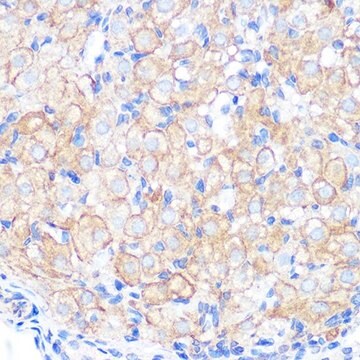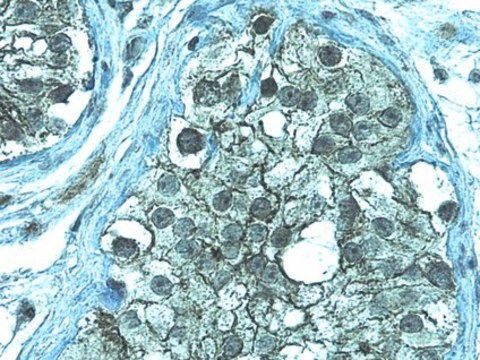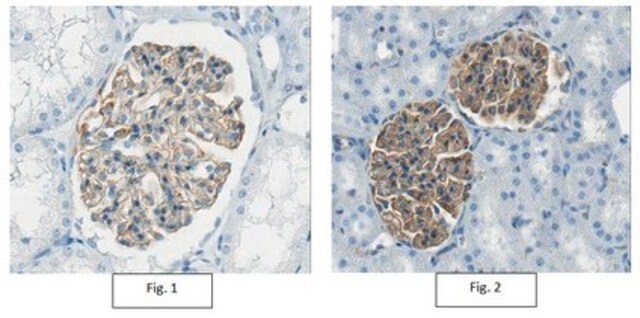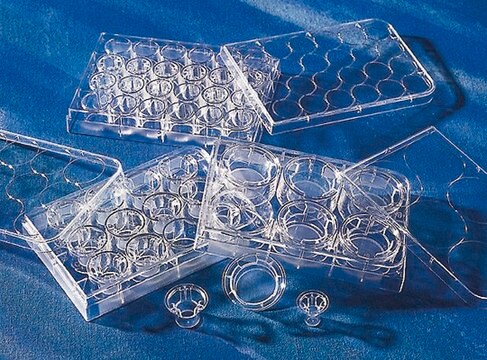SAB4200593
Anti-Occludin antibody from rabbit
affinity isolated antibody
Sinônimo(s):
BLCPMG, OCLN, PPP1R115
About This Item
Produtos recomendados
fonte biológica
rabbit
forma do anticorpo
affinity isolated antibody
tipo de produto de anticorpo
primary antibodies
reatividade de espécies
human
técnica(s)
immunoblotting: suitable
immunofluorescence: suitable
immunohistochemistry: suitable
nº de adesão UniProt
temperatura de armazenamento
−20°C
modificação pós-traducional do alvo
unmodified
Informações sobre genes
human ... OCLN(100506658)
Descrição geral
Aplicação
Ações bioquímicas/fisiológicas
Exoneração de responsabilidade
Não está encontrando o produto certo?
Experimente o nosso Ferramenta de seleção de produtos.
Código de classe de armazenamento
10 - Combustible liquids
Ponto de fulgor (°F)
Not applicable
Ponto de fulgor (°C)
Not applicable
Certificados de análise (COA)
Busque Certificados de análise (COA) digitando o Número do Lote do produto. Os números de lote e remessa podem ser encontrados no rótulo de um produto após a palavra “Lot” ou “Batch”.
Já possui este produto?
Encontre a documentação dos produtos que você adquiriu recentemente na biblioteca de documentos.
Os clientes também visualizaram
Nossa equipe de cientistas tem experiência em todas as áreas de pesquisa, incluindo Life Sciences, ciência de materiais, síntese química, cromatografia, química analítica e muitas outras.
Entre em contato com a assistência técnica










